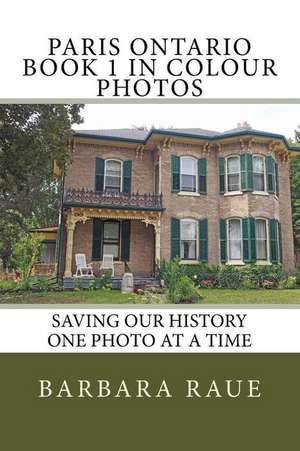Paris Ontario Book 1 in Colour Photos
Autor Mrs Barbara Raueen Limba Engleză Paperback
Preț: 95.48 lei
Nou
Puncte Express: 143
Preț estimativ în valută:
18.28€ • 19.86$ • 15.36£
18.28€ • 19.86$ • 15.36£
Carte disponibilă
Livrare economică 31 martie-14 aprilie
Preluare comenzi: 021 569.72.76
Specificații
ISBN-13: 9781981143580
ISBN-10: 1981143580
Pagini: 72
Dimensiuni: 152 x 229 x 5 mm
Greutate: 0.15 kg
ISBN-10: 1981143580
Pagini: 72
Dimensiuni: 152 x 229 x 5 mm
Greutate: 0.15 kg
